Continued from my last post, and more random non-connected thoughts and casual observations I had this trip.
There were two serious accidents involving Personal Mobility Devices (PMDs) back home in Singapore while I was away, both resulting in fatalities. In one case, a man riding a PMD that was apparently way above permissible weight collided with a 65 year old woman, sending her into a coma from which she passed away shortly after. Not too long after that, a PMD user fell off his scooter and also died. Public sentiments against PMD use now in the country has reached a point where there are petitions calling for their immediate ban with many commenting they no longer feel safe while walking on Singapore’s sidewalks. It remains to be seen though how effective these public calls will be to leading to changes in regulations.
Funnily, I didn’t actually feel any safer while walking on the pavements of Fukuoka or Hiroshima. Oh, they don’t have to deal with e-scooters, and there were none to be seen anywhere. Rather, it’s their cyclists that I found scary. Pedestrians and cyclists share sidewalks in cities in Japan. On more than a few occasions, cyclists would whiz past me on high speed, often with no warning, and giving me a fright each time. It’s incredible I didn’t become an accident statistic during my 11 day trip. I couldn’t for my life figure out if I should be keeping to the left or the right of sidewalks. And observing where the locals were walking didn’t make me any wiser!
That said, pedestrians are as a rule law-abiding, and even to a fault. I saw barely any of the opportunistic jaywalking that’s common everywhere else in Asia. The Japanese all abide by traffic signalling – even at controlled crossings along minor side-roads. Orderly queues readily formed while waiting to enter trains. And I don’t recall any chiongsters in souped-up sports cars vrooming their engines loudly in either city. So, the much often praised standards of Japanese behavior and courtesy are all deserved.
Like our Ang Mo bud mused when I sent him street photos, the sidewalks were also remarkably litter-free. Interestingly, during my last visits to Japan, I saw a lot of locals wearing surgical masks – but this trip, I saw very few. Ling remarks that it might had been a seasonal behaviour, since my last visits to Japan had been in winter.
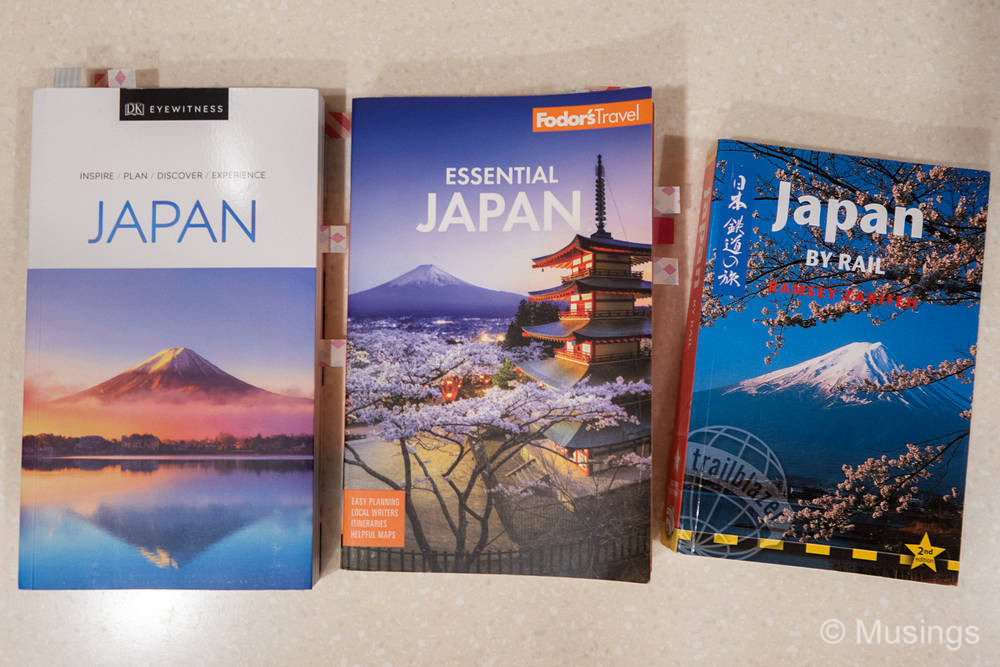
One thing I also really like about Japan are the relatively low admission fees for gardens, with parks as a rule free to enter too. Fees for the routinely wonderfully maintained and beautiful Japanese landscaped gardens were between ¥100/SGD1.30 and ¥300/SGD4, and there were ticket packages that are combined with other sights in the vicinity. I really enjoyed the gardens and parks this visit, and recommend their inclusions to any visitor’s itinerary.
Like many other major cities, the train stations in the large cities routinely form the hub of retail activity. And with the typical Japanese shopping mall being multi-floor – eight floors or more are common – there was basically no shortage of places to shop that were within easy walking distance of the major train stops. Less surprisingly though was that I bought very little finally, shopping wise. Given the proliferation of e-commerce sites and that many of these online retailers today will ship to Singapore, there simply wasn’t a lot of things that particularly caught my eye when I checked out these multi-level shopping malls. Basically, these days, I can get whatever I want back home in Singapore. Notwithstanding that, I didn’t find goods in Japan attractively priced compared to Singapore, though this might be also because of the proliferation of cheap made in China goods at home.
It was the locally manufactured or hand-made goods that was of at least some interest, e.g. while looking for things to buy the wife and kids while I was in Dazaifu:
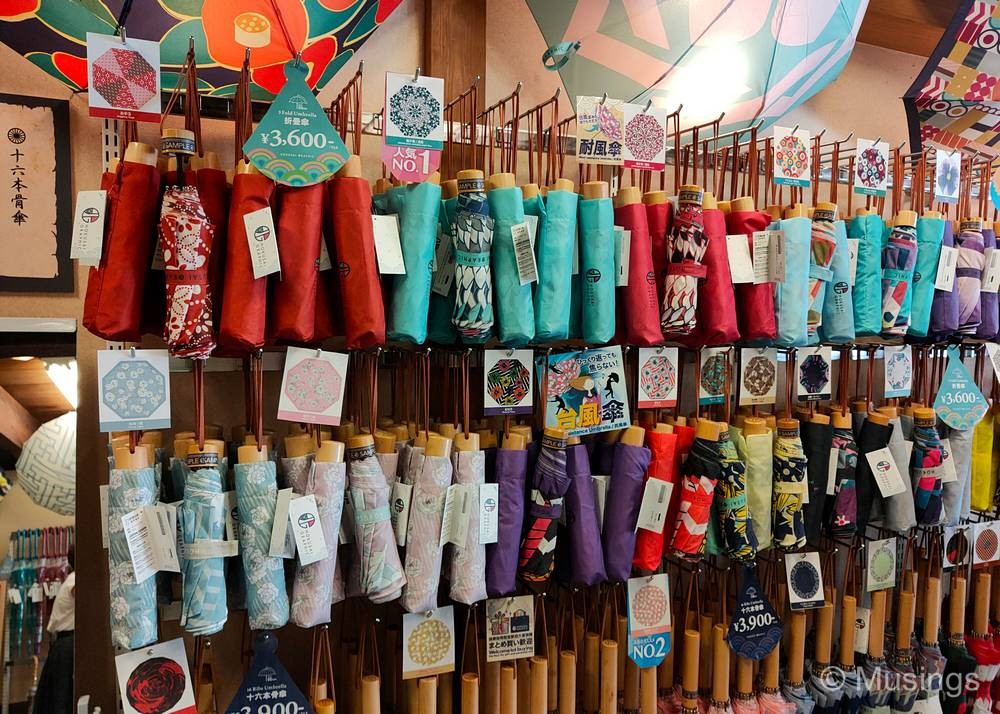
Anecdotal observation about Japanese currency. It was also pretty easy getting used to Japanese money. Values on notes are clearly marked and in thousands, while the most common denomination used are the ¥100 coins. The paper notes aren’t the polymer types that are used in Singapore and Australia (for instance), but the ones I had upon arrival or received subsequently when purchasing goods were invariably in good condition. Compared to the tatters I typically got when handling US currency during my visits to the States haha. What I found annoying though are the ¥1 and ¥5 coins, which were not always accepted in vending machines, especially those not in convenience shops. These coins are too low value for you to do anything with them normally, unless you have got pockets full of them. I wonder why Japan still keeps these coins in frequent use. Singapore in comparison has long moved away from one cent coins, and even the five cent ones are only very sparingly used. I ended up purposefully taking all my loose ¥1 and ¥5 coins and using most of them at a vending machine buying a cheap cup of coffee.
I picked up two 4G data SIM cards for use before leaving, and from this Lazada provider. Both cards were packaged with 8GB of 4G data for use over 10 days, and operated by Japanese telco SoftBank. No issues with either, and they worked as intended. And I even got good 4G signals while on the Daishoin Trail at Mt. Misen, permitting all those real-time photos and videos I sent back home while walking the trail – so if I fell somewhere and gotten eaten up by non-herbivore rabbits and deer up the mountain, there wouldn’t had been any previously uncovered Found Footage haha. Interestingly, the ten day duration of each card was exact. I activated them on Day 01 9am-ish at the airport, and could use them all the way till Day 11 9am. In short, the duration seemed to run all the way till the exact hour, as opposed to the by days period I’ve seen in other telcos, e.g. the SIM cards would only last till end of Day 10 as long as I activated them sometime on Day 01. WIFI-wise, the four properties I stayed at were in solidly urbanized areas, so they all had WIFI coverage in rooms, and none of those annoying data or number of connected device limits I’ve encountered in recent stays this year.
I did a huge amount of walking this trip. Not because I wasn’t keen to leverage on the excellent public transportation networks, but there’s just so much more I can absorb when just walking the streets of cities, getting rear-ended by fast moving cyclists notwithstanding. The most number of steps I clocked was on Days 06 to 07 during my day trips to Miyajima Island, and Okayama/Kurashiki – then started tapering off significantly on account that the knees and joints were aching from Mt. Misen so much that climbing stairs became torturous.
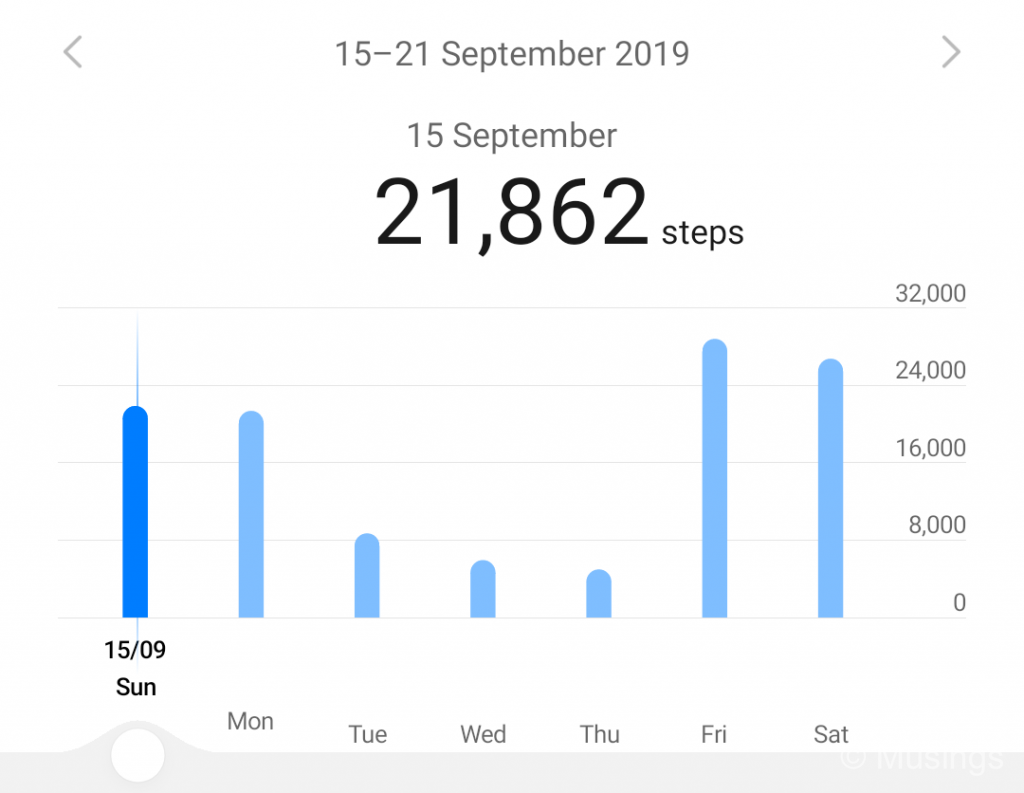
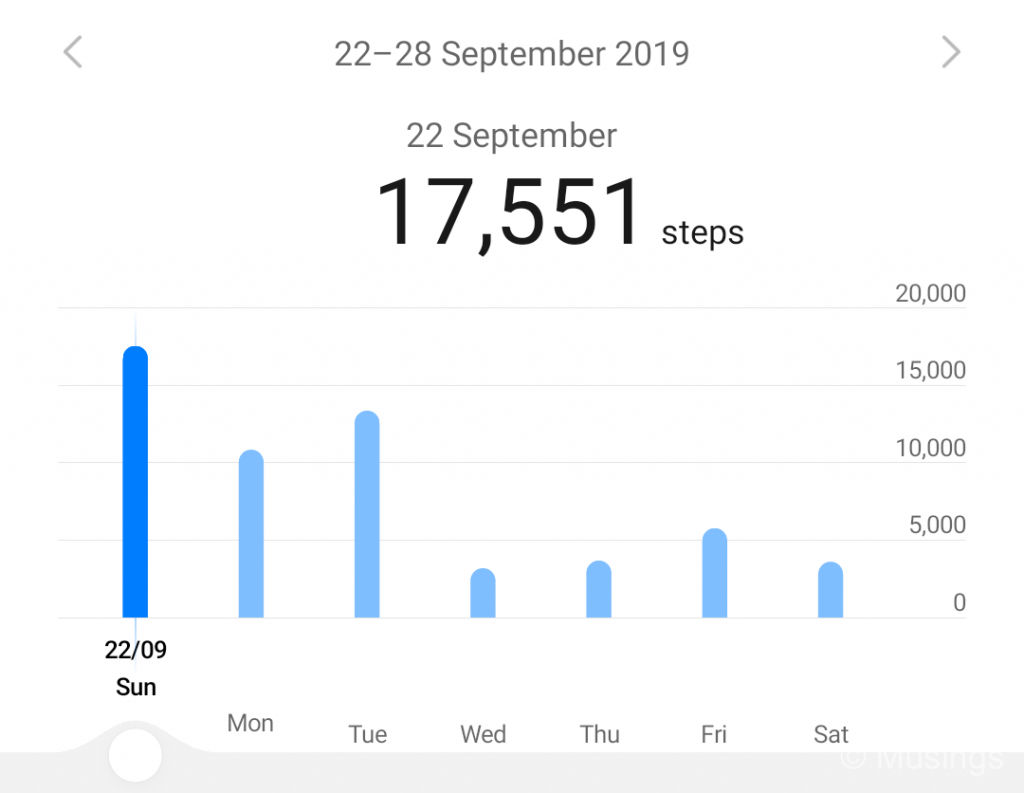
Finally, Itinerary-wise, I stayed fairly close to the planned version in actual execution. Well, excepting Day 08 when I had to cancel my visit to Iwakuni, and Day 09’s sight seeing spots in Uminonakamichi Seaside Park @ Fukuoka. Here’s my quick summary of each city and town I visited, and also my recommended length of stay in each if you’re primarily sight-seeing and not just shopping:
Fukuoka city: 2 full days at least. If you can set aside 3 days, you’d be able to cover the city outskirts too, including offshore islands or Uminonakamichi.
Hiroshima city: 1 day. The city’s main draw include the Shukkeien Garden, and the Nuclear Bomb memorial area and park, and a day will cover these places fairly leisurely.
Itsukushima (Miyajima Island): 1 day. Lovely island, and I really recommend spending time on Mt. Misen rather than just the village area where the shopping street, shrines and temples are. If you’re looking to skip Mt. Misen, then half a day visit will suffice.
Okayama: 0.5 day. If you’re looking to visit just the absolutely stunning Korakuen and Okayama Castle, then a single morning will cover it since both places are very near each other.
Kurashiki: 0.5 day. The area that most visitors will visit is the Bikan Historical Quarter, and a half-a-day will cover that too. Most visitors will do both Okayama and Kurashiki in a single day trip, and it’s indeed the approach I recommend too – again unless you have a lot of time or want to check out other places in both cities.
Yanagawa: 0.5 day. The activity here will be the hour long boat tour for visitors to explore parts of the extensive network of canals. Half a day will let you do that easily, and also leave a bit of time to explore the other sights in the small city too.
Dazaifu: 0.5 day. If you’re covering just Tenjinsama-dori Street, Dazaifu Tenman-gu Shrine, and Komyozen-ji Temple. If you’re also visiting Kyushu Museum, you’ll need to add in a few more hours to the length of time you’re staying.
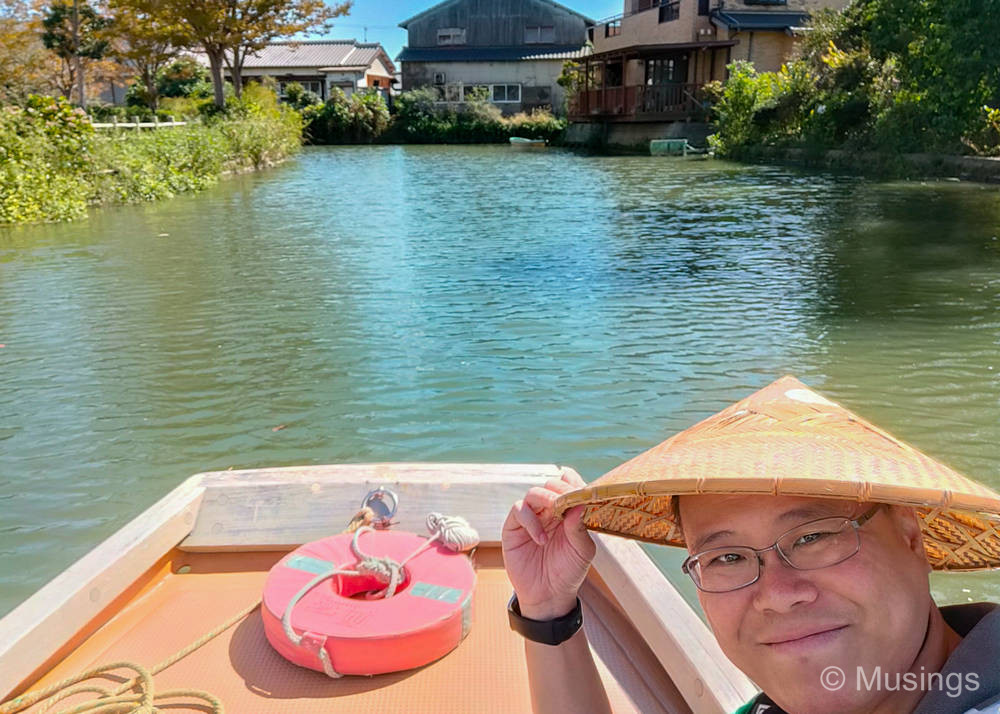
Excepting one or two more posts I’ve got lined up on some interesting videos I took using the DJI pocket Osmo during the trip, thats a wrap for my series of posts on this September trip to Japan. Granted, the areas that most visitors to the country would routinely gravitate towards would be the Kansai, Kanto and Hokkaido areas, but Kyushu and Chūgoku are also great places to consider. In all, this has been a fantastic trip; the gloomy weather for half the trip and also the painful knees post-Mt. Misen notwithstanding! We’re working out the fine details of our return trip to Japan this December, so more will be coming on that very soon.:)
Recent comments